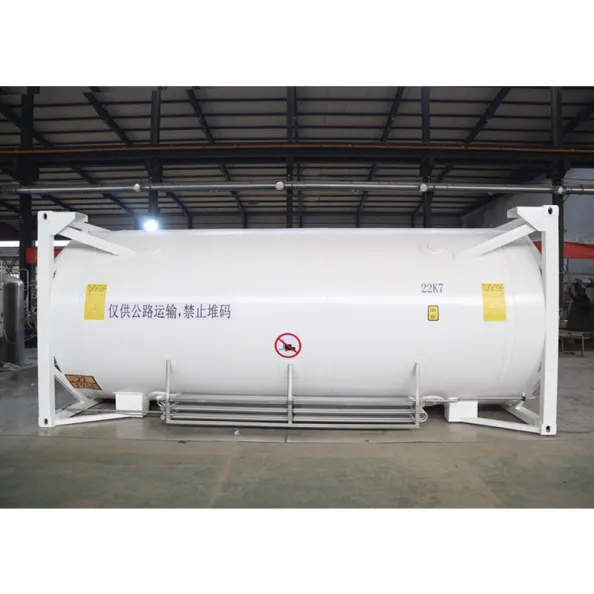In the intricate world of logistics, the use of ISO tank containers has become synonymous with efficient and secure liquid transportation. However, for those navigating the complexities of this industry, understanding the specific requirements for ISO tank containers is paramount. In this article, we will delve into the essential aspects that define the prerequisites for these containers, providing clarity and guidance to both industry professionals and curious readers.
Before we embark on the requirements, let's establish what ISO tank containers are. These specialized containers are designed for the transportation of bulk liquids, ranging from chemicals to food-grade products. Their standardized dimensions and fittings enable seamless compatibility with various modes of transportation, including ships, trains, and trucks.
Regulation Overview:One of the foundational aspects of ISO tank containers is their adherence to stringent international regulations. These regulations cover a spectrum of elements, including design, materials used, and testing procedures. Ensuring compliance with these standards is not merely a legal obligation but a fundamental step toward guaranteeing the safety and reliability of the container and its contents.
Structural Integrity: Materials and Design:The materials used in the construction of ISO tank containers play a crucial role in their structural integrity. Typically crafted from stainless or carbon steel, these materials are chosen for their durability and resistance to corrosion. Design specifications, such as considerations for pressure, temperature, and the nature of the cargo, undergo rigorous testing to ensure the container's ability to withstand diverse environmental conditions.
Risk Mitigation Strategies:ISO tank containers come equipped with an array of safety features. Pressure relief valves and emergency shut-off systems are integral components designed to mitigate risks during transportation. These features provide a safeguard against unforeseen circumstances, ensuring the safety of both the cargo and the individuals involved in the logistics process.
Emergency Protocols:In the rare event of an emergency, clear and concise emergency protocols guide responders on how to effectively manage the situation. These protocols are a testament to the industry's commitment to minimizing the impact of any potential accidents.
Modes of Transportation:The versatility of ISO tank containers extends to their adaptability for various modes of transportation. Whether by sea, land, or rail, these containers seamlessly fit into different logistics scenarios. Understanding the specific guidelines for each mode is crucial for efficient and secure transportation.
Related links:Loading and Unloading Procedures:Proper loading and unloading procedures are imperative to prevent damage to the container and its contents. Adhering to established guidelines ensures a smooth and secure process, minimizing the risk of accidents during these critical phases.
Sustainable Practices:In an era where environmental consciousness is paramount, ISO tank containers offer sustainable solutions. These containers contribute to eco-friendly practices, with options available to reduce carbon footprints and promote environmentally responsible logistics.
Eco-Friendly Alternatives:Exploring alternative materials and integrating energy-efficient technologies are pathways to further reduce the environmental impact of ISO container usage. The industry's commitment to sustainability is reflected in ongoing efforts to embrace greener alternatives.
Initial Investment:While the initial investment in ISO tank containers may seem substantial, it's essential to view this expenditure through the lens of long-term benefits. The durability, efficiency, and reliability of these containers contribute to cost-effectiveness over time.
Long-Term Cost Analysis:A comprehensive analysis of the total cost of ownership, including maintenance and operational expenses, provides a holistic view of the financial implications associated with using ISO tank containers. This perspective aids decision-makers in assessing the long-term viability of such investments.
In conclusion, understanding the requirements for ISO tank containers is pivotal for anyone involved in the logistics and transportation industry. From regulatory compliance to safety measures, each aspect plays a crucial role in ensuring the seamless and secure transportation of bulk liquids. As the industry continues to evolve, staying informed about these requirements becomes not only a necessity but a strategic advantage in navigating the complex landscape of logistics.
219
0
0
All Comments (0)
Related Articles
If you are interested in sending in a Guest Blogger Submission,welcome to write for us!
Comments